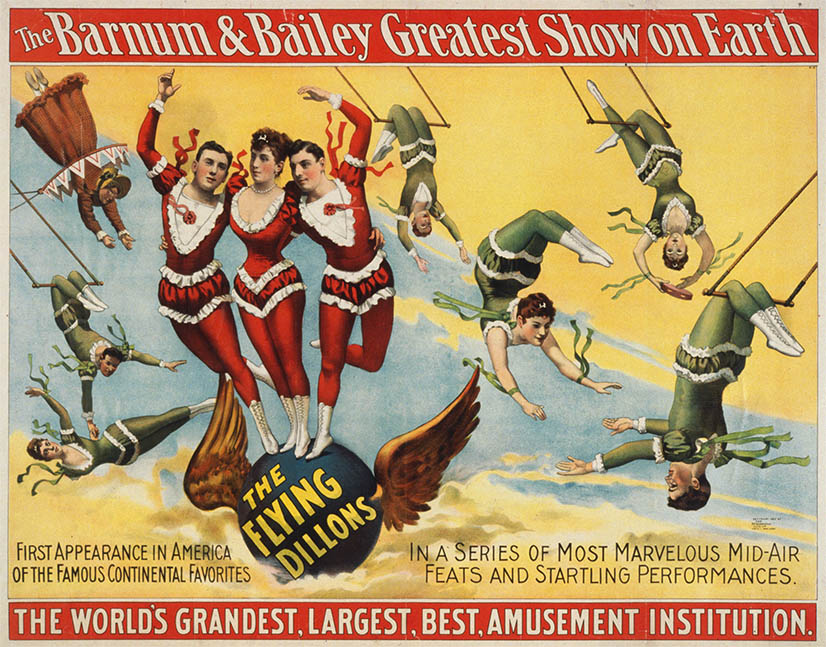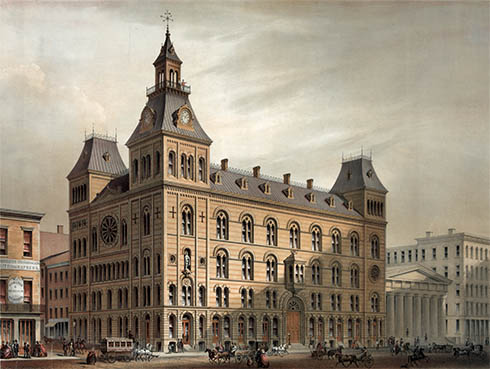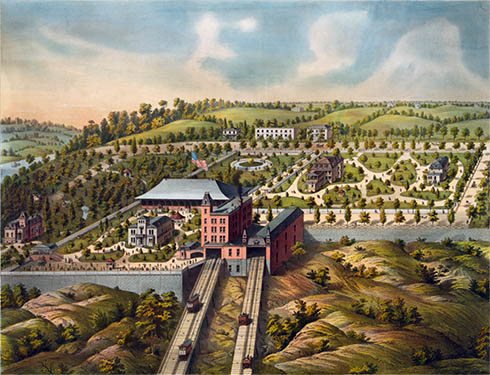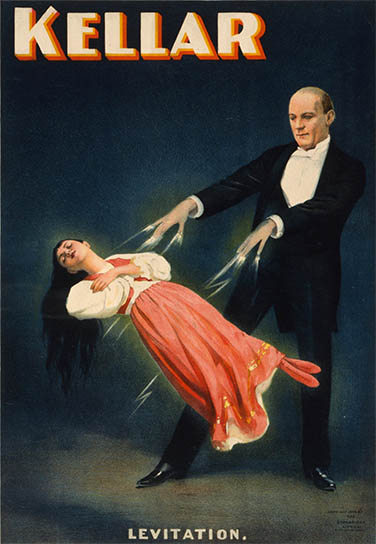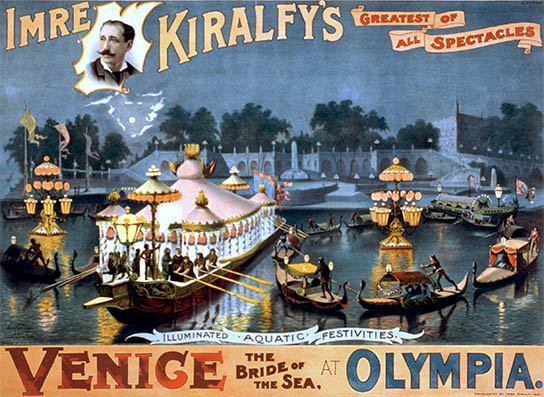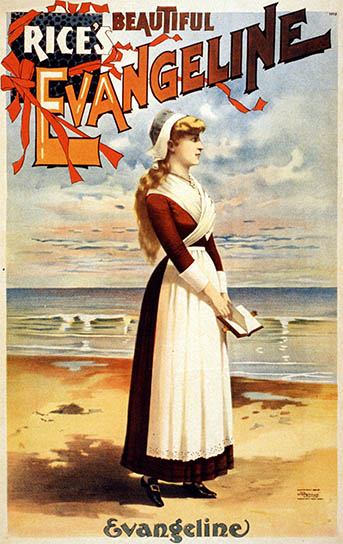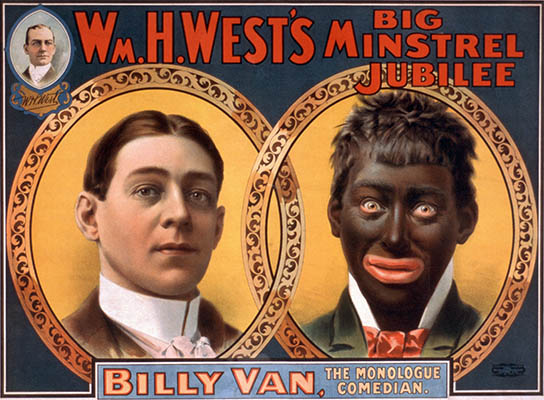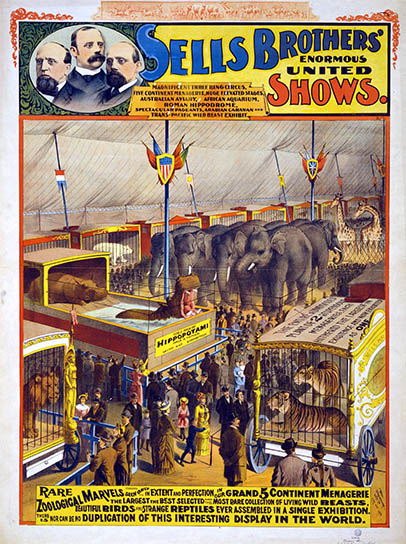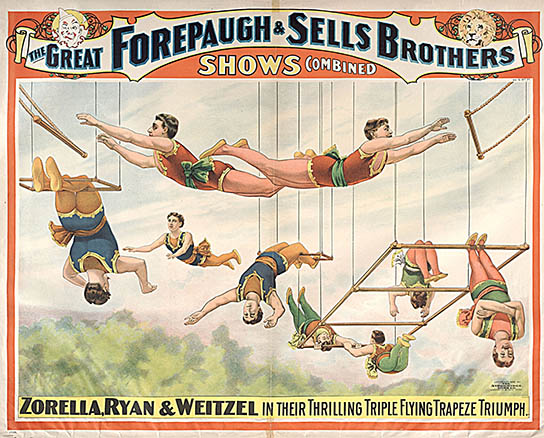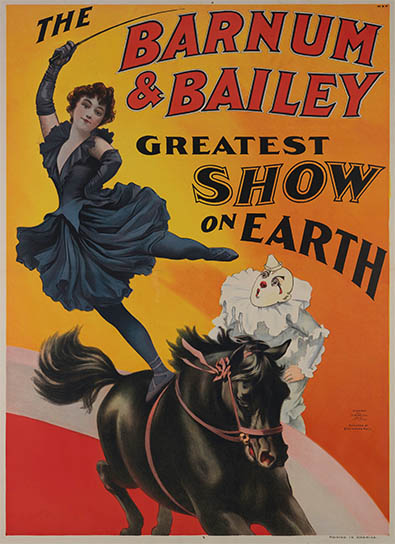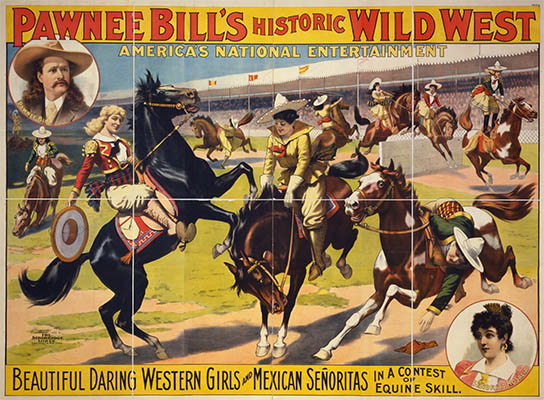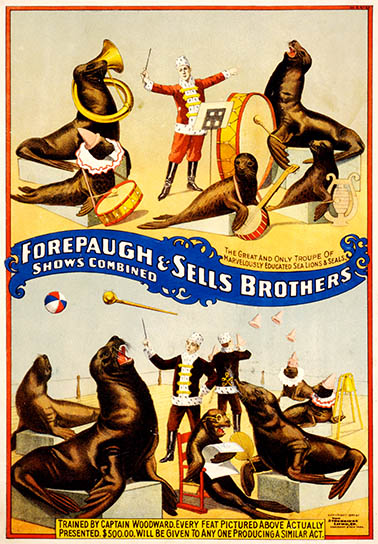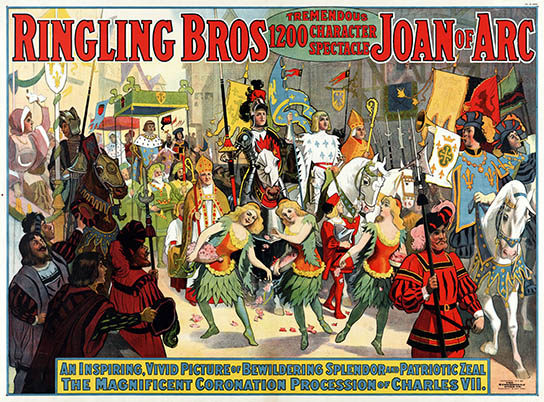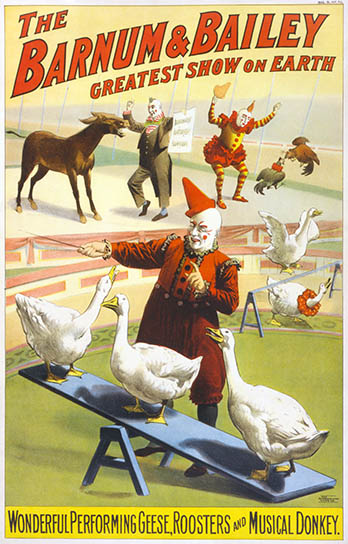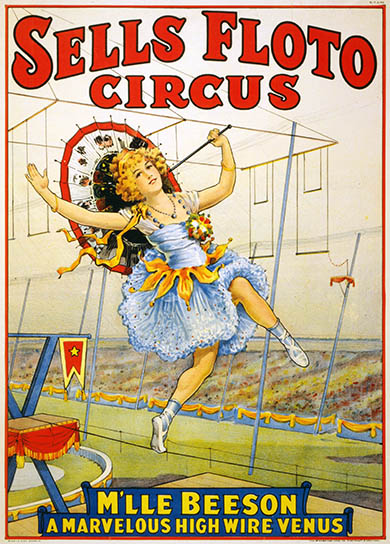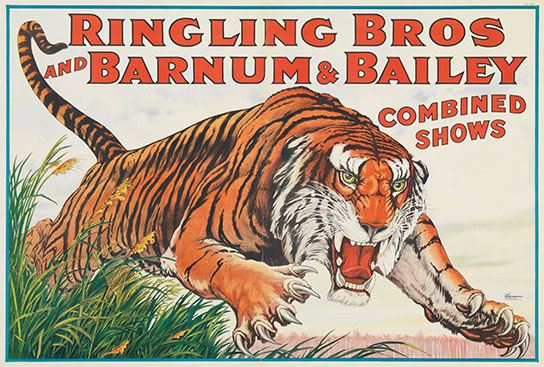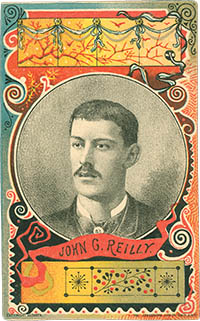94
The Flying Dillons
The Strobridge Lithographic Company
This 1-sheet (42 × 28") “flat” chromolithographic poster for the 1895 season of the Barnum & Bailey Circus was printed by the Strobridge Lithographic Company of Cincinnati, Ohio.1,2 Although the copy states that this was the Flying Dillons’ first appearance in America, you just know that they were not from Continental Europe, but probably from from Des Moines, or Dubuque, or maybe Denver.
The posters (or “bills”), printed en masse before the season, were parceled out to the Circus’ advance team who would plaster cities and towns with them several weeks before the arrival of the show. These posters were both the most expensive single component of the show’s operation and the primary source of revenue for the printer.
In 1847 Elijah C. Middleton founded an engraving establishment (mostly for the production of stationary) at Third and Walnut streets in Cincinnati. Within a few years he was joined by W. R. Wallace, a lithographic engraver from Philadelphia, and Hines Strobridge, a local bookseller. The partnership soon began to specialize in lithographic printing and by the Civil War was producing "views of cities and buildings, landscapes, etc., in one or more colors - [as well as] portraits, maps, bonds, certificates of stock, drafts and checks. In all kinds of commercial work almost equaling the finest engraving on steel."3
The Masonic Temple, 1860.
Birds-Eye View of the Price Hill Inclined Planes, 1878.
By 1867 Strobridge had bought out his partners and later named the business the Strobridge Lithographic Company. Around this time he accepted a commission from the Dan Rice Circus and began a 60-year stretch of printing posters for nearly every late-Victorian entertainment imaginable: burlesque shows, Broadway plays, magic acts, minstrel shows and, most importantly, the circus. Here are a few performing art posters:
Kellar - Levitation, 1894.
Venice, Bride of the Sea, 1891
Evangeline, 1896
West’s Minstrel Show, ca.1900
With the efforts of their show salesmen A.A. Stewart, Strobridge became not only the largest printer in Cincinnati, but one of the largest and most important in the US. By 1900 they were printing more than five million sheets per year.
Their roster of artists included Matt Morgan, John Reilly,4 Harry Ogden, Paul Jones and Charles Livingston Bull. Add in a steady supply of skilled German immigrants and their output, both artistically and technically, was as impressive as any printer in the world. They would become known as the “Tiffany of Printers”
Rare zoological Marvels, 1895
Zorella, Ryan & Weitzel, 1895
Barnum & Bailey, ca.1895
Pawnee Bill’s Historic Wild West, 1898
Marvelously Educated Sea-Lions and Seals, 1899
Joan of Arc, 1912
Wonderful Performing Geese, 1900
The number of circuses traveling by rail reached its high point in 1911. By the early 1920s the costly productions were competing with the radio and the motion picture. The golden age of the circus finally ended in the depression of the 1930s.5
M’lle Beeson, 1921
The Tiger, Charles Livingston Bull, 1929
With the decline of the circus and theater business Strobridge turned to movie posters, notably for Pathe. The company was sold to to the Chicago-based H. S. Crocker in 1960 and operated as a subsidiary until 1971.
1. The size of the sheet was predicated by the size of the largest lithographic limestone “plate” a single person could reasonably handle. Strobridge also used multiple stones to print 2 – 24-sheet posters. They even printed a 100=sheet poster (15 × 100') poster for the W.W. Cole Circus. Note that these lithographic sheet dimensions live on: modern billboards are standardized to a 30-sheet size.
2. All of the images used here are from the LOC’s Prints and Photographs Division, which includes more than 800 Strobridge examples.
3. Merton, John W. "Stone by Stone along a Hundred Years with the House of Strobridge," Bulletin of the Historical and Philosophical Society of Ohio. 1950 Jan (8):1. For a timeline of the company see: Guide to the Strobridge Lithographing Company Advertisements, 1910-1954 and undated. at Duke.
For a more general review of the circus poster see: Cockerline, Neil. “Ethical Considerations for the Conservation of Circus Posters.” WAAC Newsletter. 1995 May (17): 2, which is available at Conservation OnLine
4. At the age of 14 John Reilly apprenticed to Strobridge and became a professional artist in 1877. In 1880, when he was 21 yo, he started as the 1st baseman for the Cincinnati Reds. Long John, as he was named, played baseball for the next decade, continuing to work at Strobridge in the off-season. After his retirement from baseball he remained at Strobridge, mostly doing circus posters, until 1933. This ca.1885 scorecard was printed by - you guessed it - Strobridge:
5. For a extensive review of circus history see: The Circus in America.
5 Jun 2011 ‧ Design
